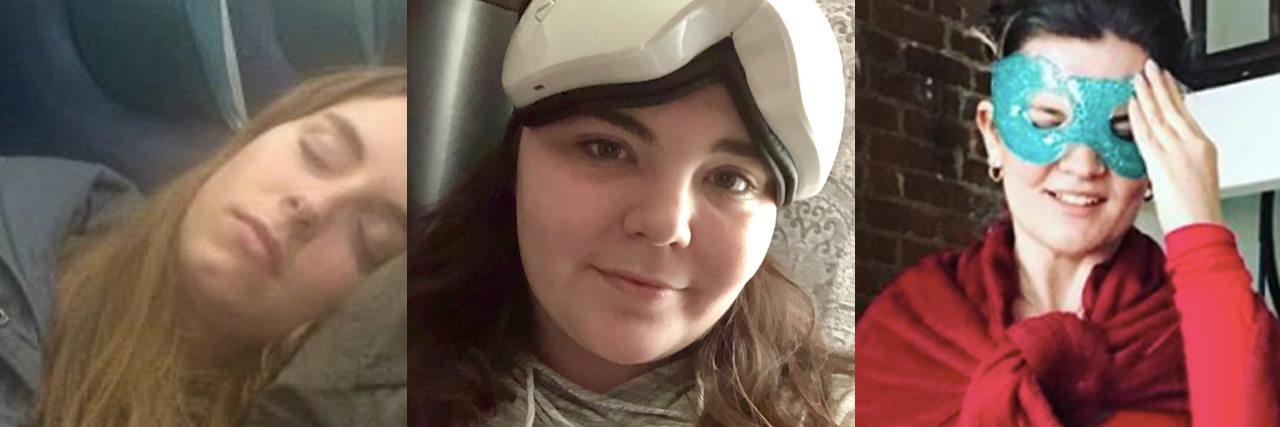I have a love-hate relationship with sleep. Once I fall asleep, I’m a deep sleeper, but getting there often feels impossible. I spend about an hour on average laying in bed trying to fall asleep. I think about my day, all the embarrassing things I’ve ever done and the 900 million items on my to-do list. It’s not just my brain that won’t turn off. It’s my body too. Once I lay down, I’m aware of every single ache and pain, making it hard to relax.
Of course, I’m not the only person who has a hard time sleeping. According to the American Sleep Association, approximately 50 to 70 million U.S. adults have a sleep disorder. And a quick poll around the office taught me that many of my co-workers have sleep-related difficulties as well.
To help ourselves, and The Mighty community, catch some Zs, we tried six different sleep hacks and products. Here’s what we learned after changing our sleep routines for two weeks.
1. ASMR
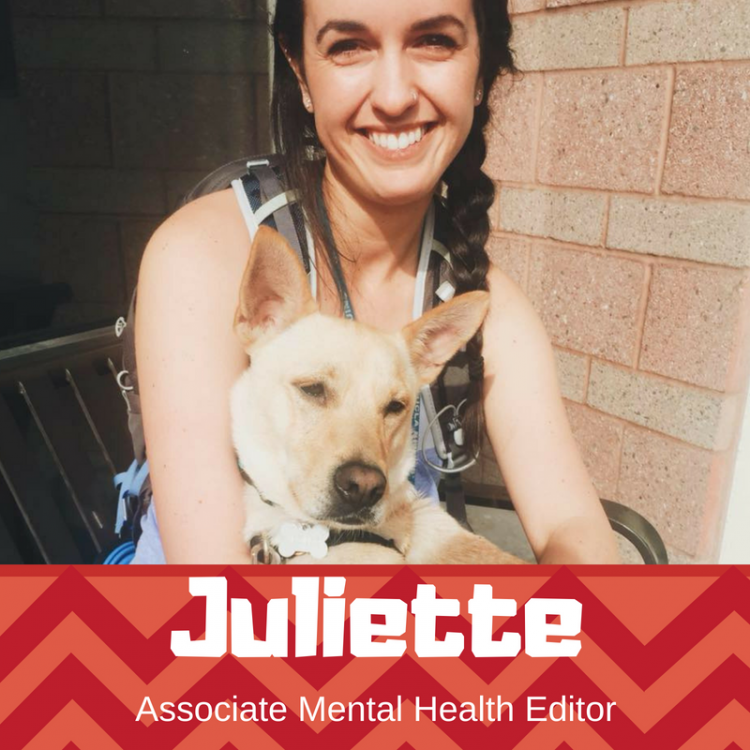
Juliette tested ASMR (autonomous sensory meridian response) videos. ASMR is typically described as a tingling sensation on the skin, similar to goosebumps, that arises from hearing sensory-based noises or feeling certain sensations. Millions of people watch ASMR videos on YouTube, claiming benefits such as improved sleep and reduced anxiety.
Her sleep-related issue: Feeling perpetually tired, occasional difficulty falling asleep.
Initial thoughts: The extent of my knowledge of ASMR when I started out was that it involved listening to whispering (that may or may not sound sexual) and/or tapping. I was definitely skeptical about it working and was also worried I would get a worse night’s sleep because it would keep me awake.
Her experience: The first night was awful. I had the misfortune of listening to a video that started out with a man whispering, “Hello, insomniacs” in a way that made my skin crawl. Throughout this experience, I learned many ASMR videos switch sound from earbud to earbud, but in the first video I listened to, this sensation wasn’t soothing. It just made my ears itch. Before going to sleep on this first night, I was like, “I’m going to hear this creepy guy’s voice in my nightmares.”
In general, I found I preferred a soft female voice and did not like tapping noises at all. Tapping, in particular, made me feel annoyed, on-edge and more wide awake. I also stumbled across some ASMR videos where the female voice sounded kind of sexual, which made me super uncomfortable. Those did not help me sleep at all. They were honestly just creepy. When I found a soothing video, I was able to fall asleep pretty quickly. I do feel it’s a nice trick to have in my back pocket for times I’m having trouble sleeping.
I found a woman’s voice more soothing. They did not cause me to feel paranoid and look around for a man lurking in the shadows like I did when I listened to male ASMRtists. The videos that were most soothing were the “role play” ones where the ASMRtist pretended to be a hair stylist or personal shopper or something of that nature.
Final thoughts: As with anything, everyone is different. What strikes me as annoying, creepy or unhelpful may be incredibly soothing to someone else. Find what works for you! Since the testing period ended, I no longer using ASMR every night. Sometimes I use it when I’m feeling restless with anxiety thoughts that won’t stop racing around my brain.
Her rating: 
2. No Screens Two Hours Before Bed
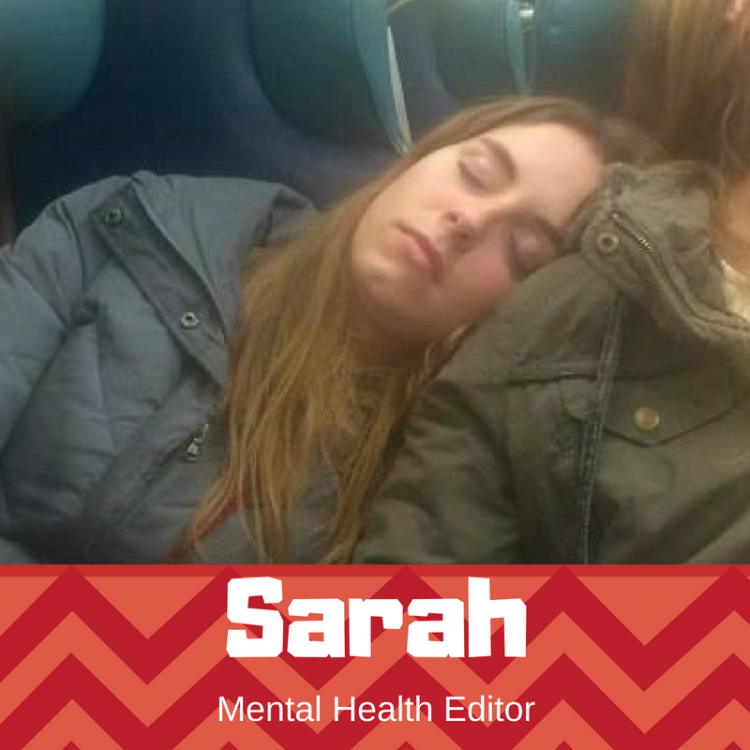
Sarah eliminated all screens — including her phone, television and computer — for two hours before bed. Sleep experts recommend limiting screentime before bed to cut down on blue light exposure, which can disrupt your sleep rhythms.
Her sleep-related issue: Feeling really anxious and tense before bed.
Initial thoughts: I had a feeling it was going to help me. My phone stresses me out anyway, so it was kind of great to have an excuse to turn it off.
Her experience: To be honest, the first few days were hard. I still had racing thoughts before bed. No screens meant no mindless distractions, and it was initially hard to get myself to settle down and relax. By the end, I loved it. I started using my coloring book at night. Reading more. I went to bed way earlier.
Final thoughts: I think physically trying to go to bed earlier helped me sleep. I wasn’t necessarily less anxious before bed, but going to bed earlier gave me more time to relax. I’m not as strict as two hours, but I do try to turn my phone on airplane mode as I’m getting ready for bed. If you’re staring at a screen all day, forcing yourself to take a break from it is crucial. No screen time before bed is a nice reminder that you’re just a person, and you can exist without the constant stimulation a screen provides.
Her rating: 
3. Weighted Blanket
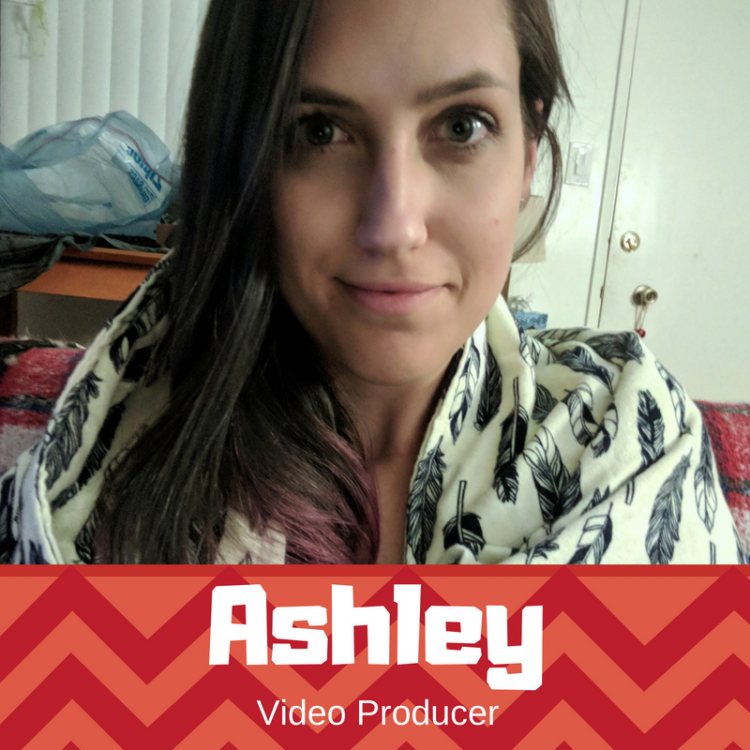
Ashley tried using a weighted blanket. Weighted blankets are thought to help ease anxiety and sleep issues, though research on their effectiveness is scarce.
Her sleep-related issue: Anxiety, hyperthyroidism symptoms (such as bursts of energy).
Initial thoughts: I was a bit skeptical. My biggest concern was that I was going to feel claustrophobic and instead of relaxing it would actually be anxiety-inducing. I also had anxious thoughts that the blanket was going to crush me in my sleep even though I had never heard of one doing that before.
Her experience: It was much heavier than I anticipated. A 15-pound blanket doesn’t sound like much, but it’s extraordinarily noticeable. The first few days I had trouble sleeping consistently and woke up at random intervals. After the adjustment period, I felt like I was sleeping more deeply than I had before. I don’t believe it made much difference in falling asleep, but it feels like it made the hours that I was sleeping more restful. At the end of the period, I found myself really enjoying the weighted blanket. Any concerns I had initially were lifted, and now I find myself recommending it to anyone who has trouble sleeping.
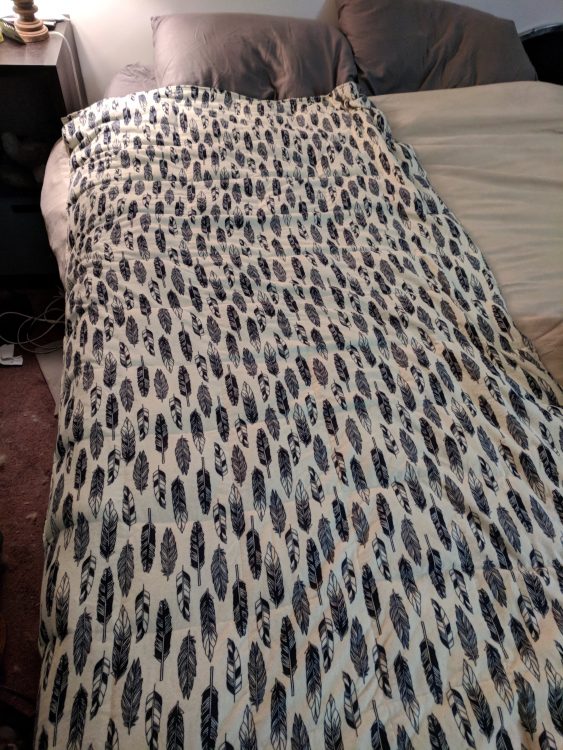
Final thoughts: I am still using the blanket. I decided it was something I wanted to continue incorporating into my nightly routine after the testing period. It really does add that additional layer of security and comfort that I had heard people talk. I tried sleeping without it once or twice after the testing period and immediately missed that feeling. My blanket was 15 pounds and custom-made by a family friend for my height (approx 68″ long x 40″ wide). Be sure to do your research when looking into weighted blankets and find one appropriately sized to you — not your bed — for the best effect and most impact. I’d also recommend finding one that does not use filling or stuffing. This makes it usable when you want the security of a weighted blanket, but it’s too hot for more than one or two sheets.
Her rating: 
4. Sleeping in Complete Darkness
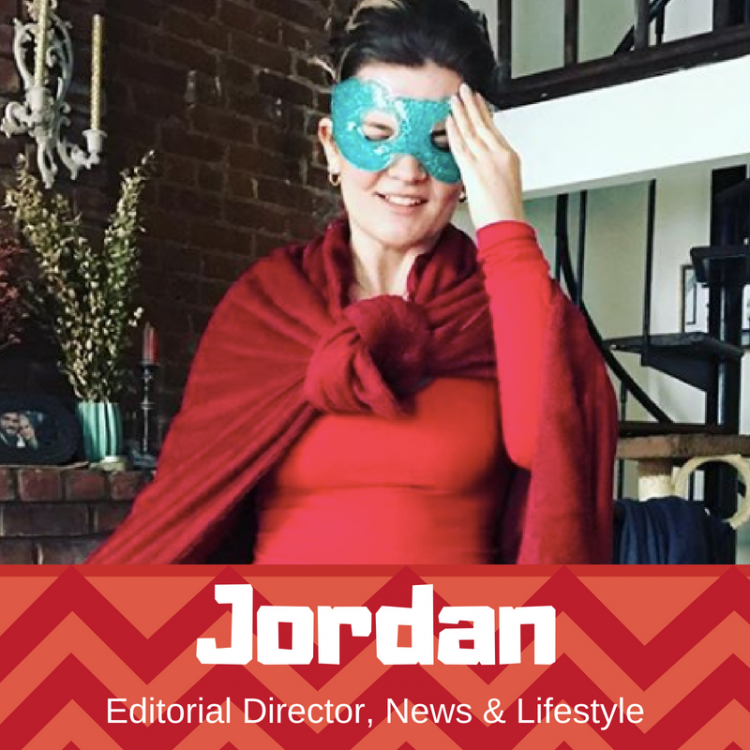
I tried sleeping in complete darkness. That means curtains down, no nightlight, no halls lights, no lights at all. Just darkness.
My sleep-related issue: Difficulty falling asleep, racing thoughts and painsomnia.
Before the challenge: I was pretty certain I wasn’t going to be able to sleep in complete darkness. I find it really hard to clear my mind at night. My racing thoughts can be anxiety-inducing, especially during high-stress periods. I usually sleep with a light on outside my bedroom and the door cracked. This way when my mind goes to places like, “What was that thud?” “Did I turn the oven off?” and “Are my cats accounted for?” I can easily get up and check. I was afraid being in the dark would amplify all of those thoughts and more.
My experience: I wear contact lenses and reading glasses during the day and my heavy-duty glasses at night. When I’m sleeping, I take my glasses off. However, my vision sucks so without my glasses I can’t see much. That paired with complete darkness made me extra uncomfortable. I might have gotten out of bed the first few nights to double check that I had locked the door, but it wasn’t all bad. Despite some amplified anxiety the first few days, I noticed I was falling asleep much faster in the dark than I was when there was some light.
Final thoughts: I still sleep in complete darkness! I’ve gotten so used to it that now when there is light, I find it difficult to fall asleep. If I’m feeling anxious or hear a noise, my phone is next to my bed so I know I have some light nearby. I’d say that sleeping in the dark has cut about 20 minutes off the time it takes me to fall asleep.
My rating: 
5. Sleep Cycle App
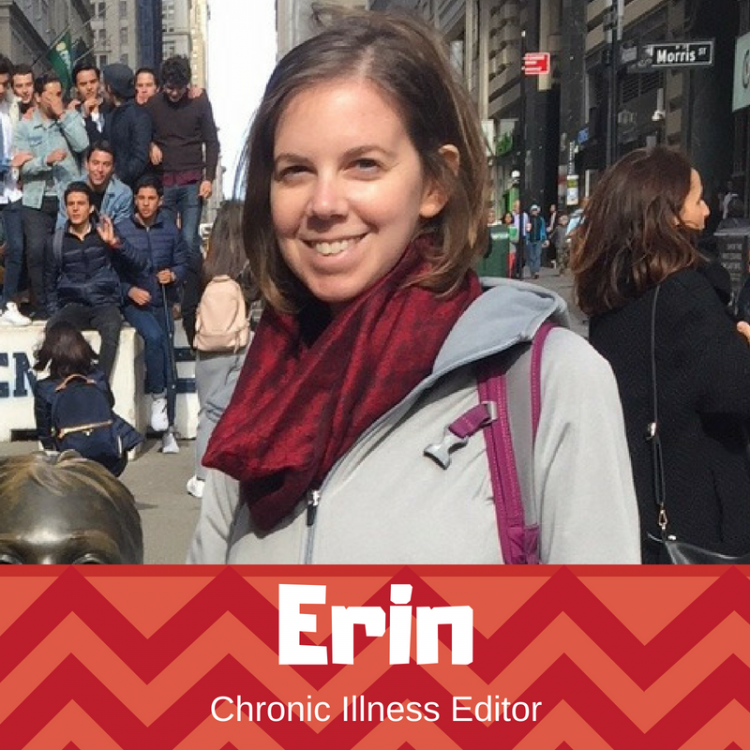
Erin used Sleep Cycle, an app designed to track your sleep patterns and wake you up during periods of light sleep.
Her sleep-related issue: I often describe myself as a “difficult sleeper.” Whereas some people fall asleep as soon as their head hits the pillow, it’s not unusual for it to take me an hour (sometimes more — on occasion, it has taken me three to four hours) to fall asleep. This is usually tied to anxiety — if I am stressed or anxious about something going on in my life or happening the next day or if I have had a busy or unusually exciting day and don’t give myself quiet time to relax for a couple hours before bed, I find it very difficult to wind down. I am also sensitive to temperature (must be cool) and noise. I feel like I am in the gray area of sleep issues. I would never describe myself as having a diagnosable sleep disorder, but I frequently feel like most people sleep easier than I do. If I am on an overnight stay (in someone else’s house or in a hotel), it’s pretty much guaranteed I will be tossing and turning long after everyone else has fallen asleep.
Initial thoughts: I was pretty skeptical going into trying the Sleep Cycle app. I don’t really believe anything helps me sleep beside controlling the temperature and noise in the room and calming any anxiety or stress I’m feeling. However, I was excited and curious to see the sleep data. I love the idea of learning more about what’s going on after I start trying to fall asleep. I was nervous to see if being woken up within an alarm “window” would result in me being woken up earlier than I needed to, which might then result in worse-than-usual morning grumpiness (I am not a morning person).
Her experience: The first night I used Sleep Cycle, I realized my bedroom setup would need to change. For the app to “hear” you and pick up on your sleep quality, you have to open the app, set your wake up time (this can be a regular alarm clock or a window of up to 90 minutes), then place your phone face down with the speaker facing you. But if I plugged my phone in to charge and left it on my nightstand as I usually do, I was afraid the phone would be too far away from me. I dragged an end table from my living room to the other side of my bed, put it on a pillow to make it a little taller and placed my phone on the table. This allowed my phone to lay right next to my bed. Of course, I was so wound up from changing my nighttime phone set-up and wondering if the app was working that I had trouble falling asleep the first night. As soon as I woke up, I immediately checked my phone to see how I did. I had set my wake-up window from 5:45 to 6:15 and it woke me up at 5:51. Looking at my data, I could see why it woke me up on the early side. I had already been awake since about 5:30. I hit the snooze button until 6:10 when I actually had to get up. Surprisingly, I didn’t feel as tired as I expected considering the alarm went off 10 minutes earlier than I usually have it set and I didn’t have a great night’s sleep. Since I was already awake, it wasn’t like I was jolted out of a sound sleep. I felt like I was allowed to gently wake up and prepare myself to get out of bed.
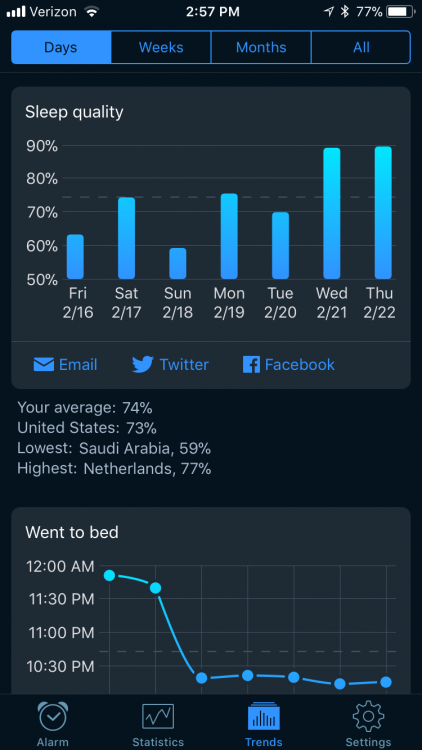
Final thoughts: I found it interesting to look at my sleep cycle chart and see how often I had woken up throughout the night and how long I spent in deep sleep, but I wasn’t sure what to do with that information. Try to sleep harder tomorrow? Side note: I loved the alarm tones you got to choose from. They were all gentle, soothing, pretty little melodies. Better than anything I’ve heard on the iPhone and definitely better than what I currently use (songs on my iPhone that sound nice at 6 a.m. for the first 10 seconds).
My sleep quality fluctuated throughout my time using the app, but I don’t attribute good nights to the app. That had more to do with my anxiety level. However, I did notice that I felt more “awake” and ready for the day when the alarm went off in the morning. As someone who loves just chilling in bed and refuses to get up before they absolutely have to, it felt somewhat luxurious for my alarm to go off and to then be able to stay in bed for another 15 minutes, instead of my alarm going off and then having to yell at myself in my head to get up or else I’d be late to work. The app did teach me that it’s OK to wake up a little before my alarm, and that waking up with my sleep cycle, even if it’s “early,” is actually not a bad thing.
I am not still using the app. You get a 30-day free trial, after that, it costs $30. That’s way too much to spend on what essentially amounts to a fancy, albeit interesting, alarm clock. If you are a consistently challenged sleeper and want to know how various factors (air pressure, moon, snoring, steps, heart rate, etc.) affect your sleep, then I would recommend this app. I would also recommend it for people who are flexible in the morning and don’t mind potentially being woken up within a large window of time. However, if you need to wake up at the same early time every day and already have a pretty good understanding of why you have trouble sleeping, then I don’t think you’re going to get a lot of information you don’t already know out of this app.
Her rating: 
6. Massaging Eye Mask
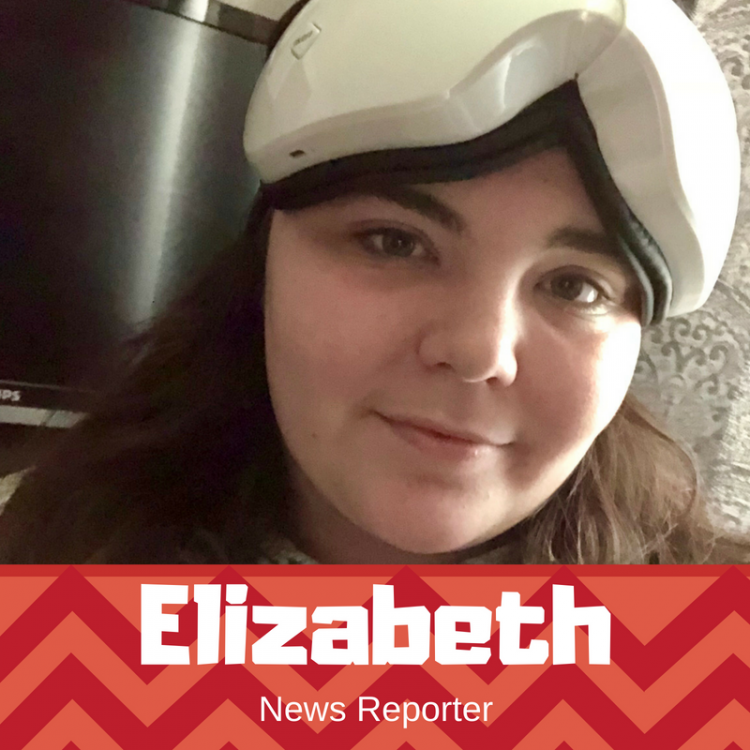
Elizabeth tried a heated massaging eye mask that plays music.
Her sleep-related issue: Difficulty falling asleep, difficulty staying asleep and difficulty waking up.
Initial thoughts: I was excited to try out the mask. I typically sleep with my forearm over my eyes because I like the pressure, so I figured this would have a similar effect without causing my hand and arm to fall asleep in the middle of the night.
Her experience: At first, it seemed really loud to me. The massager plays music as it alternates between putting pressure on your temples and then eyes. The device itself makes quite a bit of noise as well when it fills with air and releases it. It does have a sleep mode, but that mode does not have the heating feature, which I really liked. Other than the noise, the actual massage was nice and helped me relax, though I wish it had a slightly tighter pressure. The mask shuts off after about 20 minutes, so I would take it off before actually falling asleep. I looked forward to using the mask. It almost became my meditation time as I was focused on the massage (and the music after I got used to it). It helped me shut off my brain and mindfully focus on one thing, which is a huge problem for me.
Final thoughts: It helped on some days. For about half the days I wore it, I was also dealing with hypomania, a symptom of bipolar disorder. An eye mask isn’t going to stop my mind from racing or keep me from doing things in the middle of the night if I have too much energy. When this wasn’t happening, I did fall asleep about 20 to 30 minutes after using the mask, which is fairly quick for me. The massage helped bring on the physical sensations of sleepiness (tired eyes, body). Or it at least helped me realize I was feeling those sensations since I can be out of touch with my body. I still use it. It’s a nice way for me to relax without the stress of trying to turn my mind off. Are my sleep issues gone? Not at all, but I’ve had some improvement falling asleep.
Her rating: 

